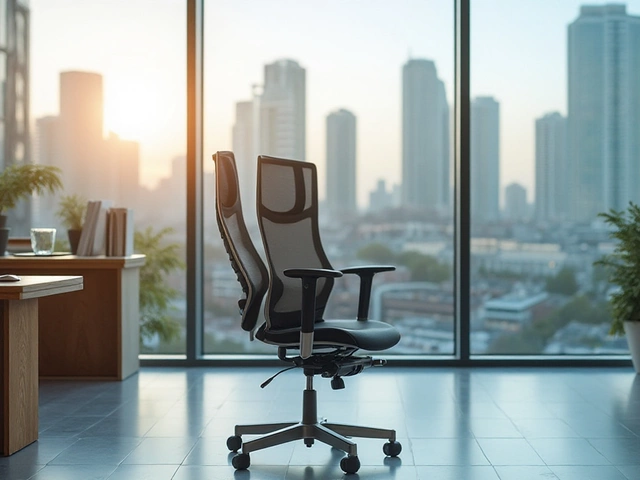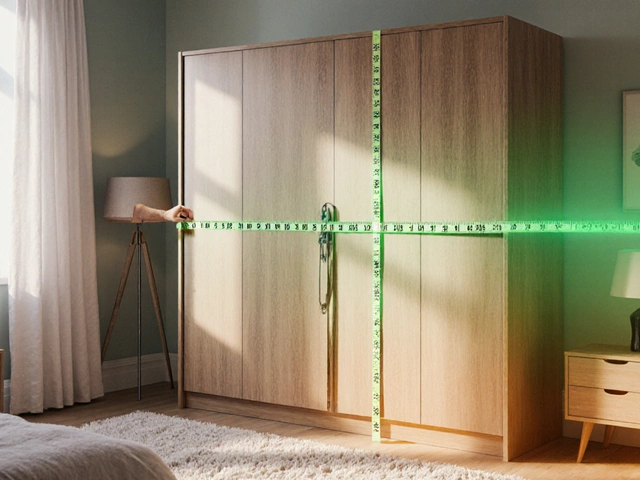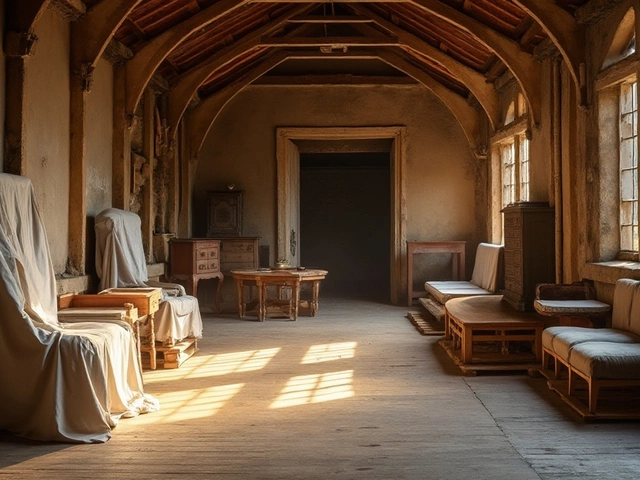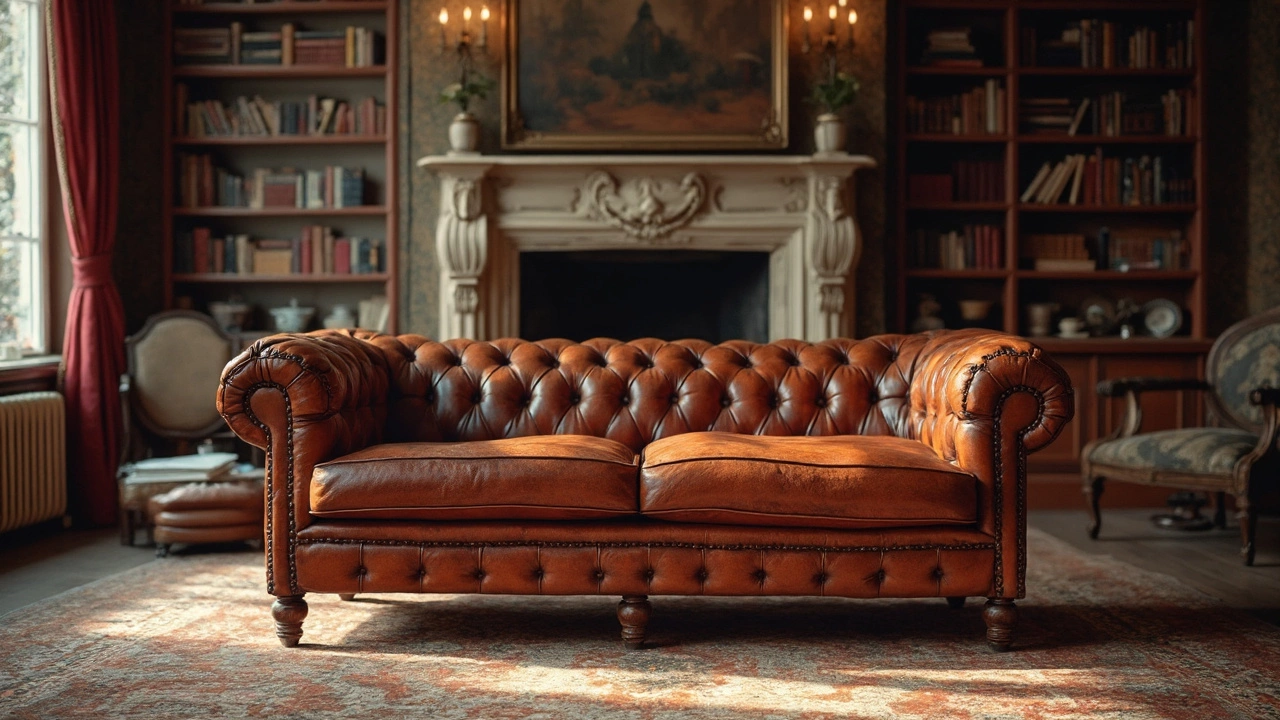 6
Apr,2025
6
Apr,2025
Looking for a couch that lasts might seem like a quest through an endless maze of fabric swatches and wood samples. But hang in there; I promise it’s not as daunting as it sounds. Let's kick things off by diving into what makes a couch durable in the first place. First off, materials matter—a lot. You’ve got your leather, which is practically a superhero in the couch world. It ages gracefully and survives spills better than most. Fabric lovers, don't fret. High-quality microfiber or tightly woven fabrics can withstand quite a beating too.
Now, let’s talk about what’s beneath the surface—the frame. A solid frame is like the backbone of a couch. You’re gonna want something that doesn’t creek at the slightest sign of weight. Look for hardwood frames; they're the trusty old guards of the furniture world. Engineered wood? It’s budget-friendly, but don't count on it to take much of a pounding before calling it quits.
- Understanding Couch Materials
- The Importance of Frame Construction
- Choosing Resilient Upholstery
- Tips for Long-lasting Comfort
Understanding Couch Materials
When it comes to selecting a durable couch, the type of material is a game-changer. Let's break it down so you know what to look for.
Leather is often seen as the king of couch materials. Its natural toughness means it ages well, often developing a unique look as the years roll by. Plus, it's pretty forgiving when it comes to spills and stains. Grab a damp cloth, and most messes wipe right off. So if you’ve got little ones or pets, leather might just be your best bet for a lasting addition to your living room.
For those who prefer fabric, don't worry, there are plenty of options that are both stylish and strong. Consider microfiber. This material is tightly woven, making it resistant to scratches and tears. It's often touted for being easy to clean, which is a huge plus if your couch sees a lot of action.
If you're eyeing a fabric that looks great but you're unsure about durability, check its Martindale or Wyzenbeek rating. These tests measure how much abrasion the fabric can handle before it starts to show wear and tear. Generally, a rating above 20,000 is considered suitable for heavy-duty use.
Want a more eco-friendly option? Some types of hemp and recycled polyester are not just green but also surprisingly tough. These fibers can withstand frequent use without sacrificing comfort or style.
Here’s a quick comparison to give you an idea:
| Material | Durability | Maintenance |
|---|---|---|
| Leather | High | Low – easy to clean |
| Microfiber | Medium to High | Low to Medium – some varieties resist stains |
| Hemp/Recycled Polyester | Medium | Medium – ecological benefits but may require specific care |
Choosing the right material is like choosing the character of your living room. It sets the vibe and determines how you and your couch will get along in the long run. Picking wisely based on your lifestyle needs ensures a couch that's not just a seat but an investment in comfort and durability.
The Importance of Frame Construction
When it comes to picking out a durable couch, the frame is your best friend. It's the unsung hero holding everything up, quite literally. So, what should you be looking for? Let's dive into the nitty-gritty of frame construction.
First up, keep an eye out for hardwoods like oak, maple, or beech. These are the solid folks in the furniture fam, known for being sturdy and long-lasting. If you knock on a hardwood frame, it should sound reassuringly dense.
Avoid softwoods like pine unless you're in it for the short run. Sure, it might cost less up front, but it’s more likely to warp or crack, especially if your sofa faces a lot of lounging.
Let’s not forget about how the frame is held together. Joints should be double-doweled or glued and screwed, not just nailed. Because, trust me, nobody wants a couch that’s going to fall apart after a couple of rowdy movie nights.
- Mitered joints: Best when glued and screwed together, offering great strength.
- Mortise-and-tenon: A classic as old as the hills, known for serious durability.
And what about engineered wood? It might be tempting for your budget, but it doesn’t stack up to the pound-for-pound resilience of hardwood.
Keep all this in mind, and your couch will likely outlast your interest in that quirky wallpaper you thought was a great idea last spring. Trust the solid frame—it’s the backbone of a truly long-lasting sofa.
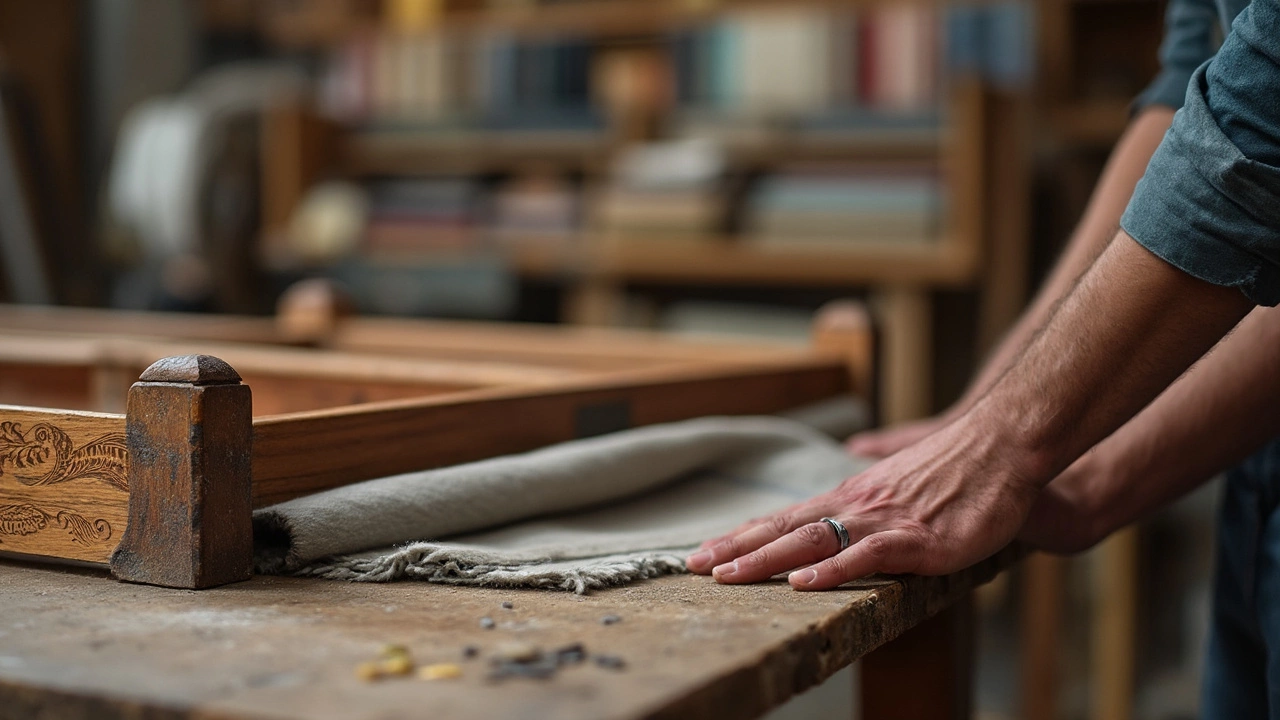
Choosing Resilient Upholstery
Now, let’s zero in on upholstery, the first thing your friends are gonna notice when they plop down on your new sofa. Picking the right upholstery is like choosing the armor for your couch. Sure, aesthetics matter, but durability is what keeps you away from the repair shop.
The reigning champ in the durability department is leather. It’s not just about looks; it's about toughness. Leather can handle scratches and spills and doesn't absorb dirt the same way fabric does. Plus, it tends to get better looking with age, like a fine wine.
For fabric sofas, look for tightly woven options like microfiber or twill. Microfiber might sound fancy, but it's just a miracle material that makes spills and stains vanish with a bit of soap and water. It’s a crowd-pleaser for families with kids or pets because it’s super easy to maintain.
If you’re after something eco-friendly, consider recycled polyester, which is not only durable but also gives a nod to Mother Earth. But, be sure to check if it’s treated with any chemicals for added stain resistance.
Below’s a quick recap of what to look for:
- Durable couch material like leather or microfiber.
- Tightly woven fabrics for less wear and tear.
- Eco-friendly options like recycled polyester.
While we’re at it, pay attention to color choice too. Life’s a little unpredictable sometimes, and a dark-colored upholstery can hide wear and accidental oopsies better than lighter tones.
Tips for Long-lasting Comfort
If you want your durable couch to not just last but stay comfy for the long haul, there are a few tricks you ought to know. It's not just about avoiding spills or rearranging cushions, though. Let’s dive into the nitty-gritty.
First, pay attention to the cushions. High-density foam or memory foam cushions can hold their shape way better than their softer counterparts. They might feel firm initially, but trust me, your back will thank you in the long run. Consider flipping and rotating the cushions regularly; it helps them wear evenly.
Next up is maintenance. A little love can go a long way. Clean your couch regularly to prevent dirt from embedding into fabrics. For leather couches, use a leather conditioner now and then to keep it soft and prevent cracks.
Another tip is investing in a good slipcover. It acts like a shield against unexpected accidents and spills. Look for washable ones—saves you a ton of hassle.
- Spot clean: Deal with stains ASAP to avoid long-term damage.
- Avoid direct sunlight: Keeps colors vibrant and fabric from fading.
- Use throws or blankets: A stylish way to add protection and warmth.
Being mindful of where you place your couch is also key. Avoid areas with high humidity or intense temperature fluctuations, as these can affect both fabric and frame.
Here’s a little stat to chew on: properly maintained couches can last 7-15 years depending on their materials and use. Paying attention to these details really can stretch your dollar further.
